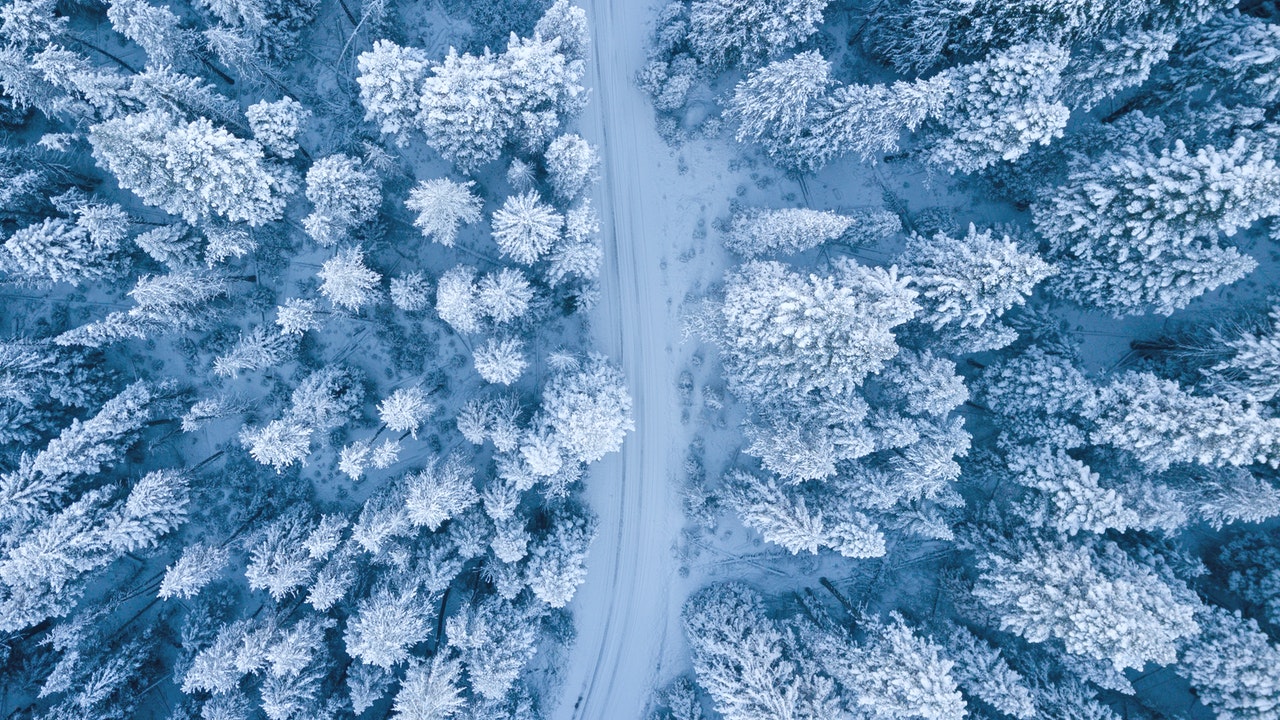Driving in the snow has unique hazards that you must know before you hit the road. Ideally, it is best to avoid driving in the snow whenever possible. However, our jobs and other commitments often force us to do so. Those who live in northern climates that receive regular snowfall throughout the winter cannot put their lives on pause every time the roads get hit with snow or ice. While there is no denying that driving in the snow can be dangerous, certain safe driving practices can help reduce the risk of an accident.
- Give Your Vehicle a Maintenance Check
Safe winter driving begins with preparation, long before you need to drive in snow or ice. Our cars are more vulnerable in the winter. Even though car maintenance is important to keep up with year-round, making sure all of your car’s parts are in working order takes on extra importance during cold weather. Failure to prepare your vehicle for the winter could eventually lead to an accident. For example, a driver who needs to replace their tires but fails to do so could find themselves unable to stop their vehicle on a snow-covered road, causing them to crash.
It is best to have your vehicle professionally inspected shortly before the winter. A trusted mechanic can identify everything that needs an update and ensure that your vehicle is ready to operate as safely as possible in poor winter conditions.
- Consider Adding Winter Gear to Your Vehicle
In climates with especially harsh winters, cold-weather vehicle accessories are often a worthwhile investment. Some winter accessories that can contribute to safe winter driving include the following:
- Snow tires – Provide better traction
- Winter windshield wiper blades – These have compounds that prevent them from freezing to the glass, allowing them to work efficiently when driving during snowfall, ice, and cold rain
- Winter floormats – Absorb moisture from snow, rain, and salt
- A snow brush and ice scraper
- An emergency bag with a first-aid kit, blankets, clothing, jumper cables, a flashlight, flares, and a tool kit
- Slow Down
Tires have reduced traction on snow and ice, which increases how much time it takes to arrive at a complete stop. Stopping a vehicle on snow or ice can take as much as 10 times longer than when the roads are clear. Additionally, reduced traction makes it much easier to lose control of your vehicle. Driving at a slower speed gives you more time to brake and avoid collisions.
In addition to maintaining a lower speed, make sure to accelerate and decelerate slowly. A slow acceleration can help tires gain traction and avoid slipping. You should also decelerate more slowly when approaching stop signs or red lights to ensure you have no trouble stopping in time.
On a related note, make sure to increase the distance between your vehicle and other motorists by 5 to 6 seconds. This should give you enough time to stop without hitting the vehicle in front of you.
- Avoid Jerky Movements
Drivers should be extremely mindful of how they handle their steering wheel, gas pedal, and brakes in the snow. Sudden movements can cause your tires to lose traction, which consequently, can cause you to lose control of your vehicle. Drivers should do their best to make every action smooth, deliberate, and gradual.
- Avoid Complete Stops Where Possible
Every time your vehicle comes to a complete stop in the snow, it needs to regenerate inertia to get moving again. Depending on the depth of the snow, you run the risk of getting stuck after coming to a complete stop. Obviously, all motorists must continue obeying stop signs and red lights when the roads are covered with snow, but it is best to avoid complete stops when possible, such as allowing the vehicle to roll toward a traffic light very slowly rather than coming to a full stop.
- Safely Driving up Hills in the Snow
Snow-covered hills are some of the most difficult challenges of winter driving. Tackling a snowy or ice-covered hill improperly can cause the vehicle to get stuck or lose traction and slip. If possible, avoid driving up hills in the snow and take an alternate route instead.
If you must drive up a snow-covered hill, here are a few things to keep in mind:
- Try to accelerate before you begin climbing the hill.
- Keep a constant speed when going uphill. Rapidly accelerating on a hill often causes tires to lose their grip.
- If your wheels start to spin, slowly ease your foot off the gas pedal.
- Avoid stopping unless absolutely necessary.
- Only one vehicle should be driving up a hill at once. Allow other motorists to climb the hill before you attempt to do so yourself.
